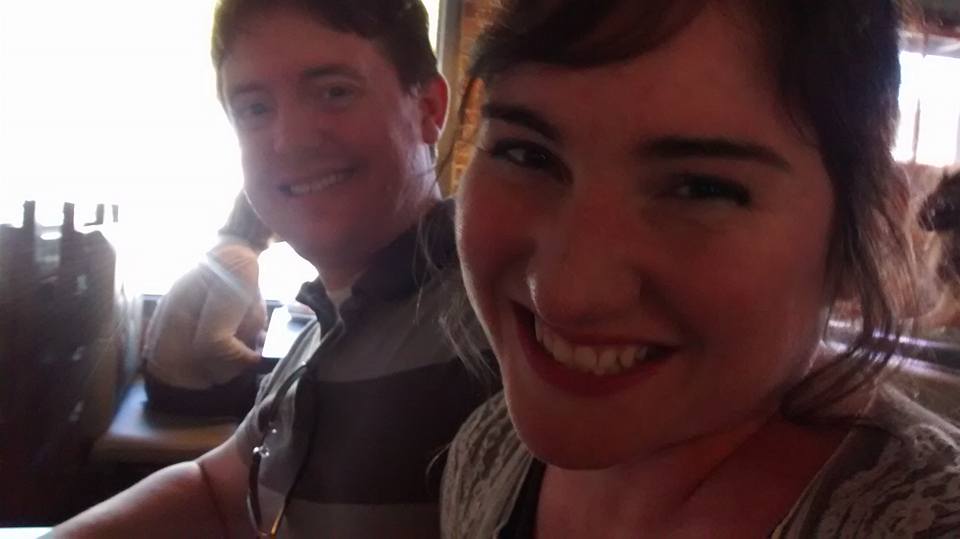Alright! This is Justin again. So we’re gonna try to keep this huge, ginormo, super in-depth topic really short here (edit: ha!), because this is just sort of a preview. But we’re still pretty excited to get to talk about subtypes here on “Phase 1!”
See, the full post about subtypes is on aLBoP Phase 2, and even that post is just the intro to the topic. Phase 2 goes into far more depth about, well, everything! But as you might expect, it kinda requires and presumes that you’ve already gotten familiar with everything here on the starter site.
Which, right, before I go on… If you haven’t checked out at least the basic information here on aLBoP, I’m afraid you really should go read that before diving into this. Watch the intro video if you haven’t already, and then get your bearings with the Super Simple Series. Remember, aLBoP is not MBTI, so it’s probably best to go back to the start so you can get a handle on everything.
Okay! Got that covered? At least a bit? Cool, so like I was saying, we go into much more depth and detail about subtypes, what they are, why they are, and how they work, on the Phase 2 site. However, we really really want to talk about subtypes on our upcoming Stranger Things post! Also, it’s nice to be able to put people’s subtypes after their main cognitive types, partly because it immediately shows “Hey, look! This is something different, so maybe drop your assumptions about typing at the door.” And then, hopefully, maybe, if wishes were horses, we might get fewer people strolling in, glancing at a few pictures, and leaving a “nope that’s wrong” comment without, you know, reading stuff. We can dream.
So on then with the subtypes crash course! To start with, putting it simply, subtypes are kinda just what they sound like: a subset, a personal focus within each cognitive type. Continue reading



















Recent Comments